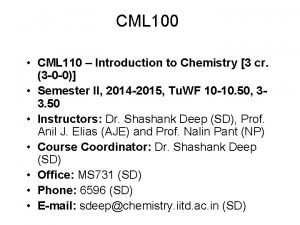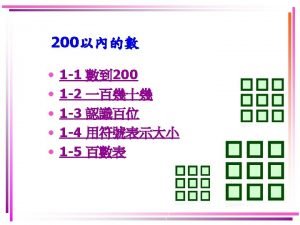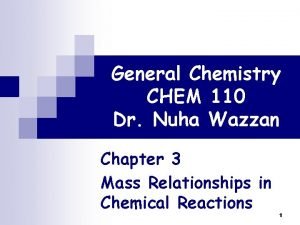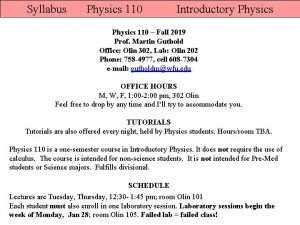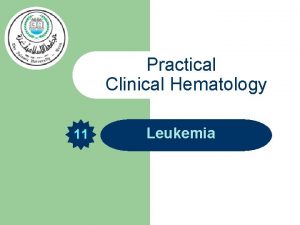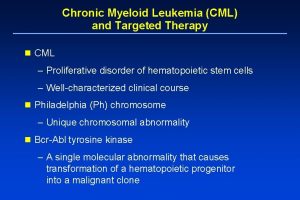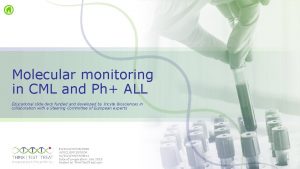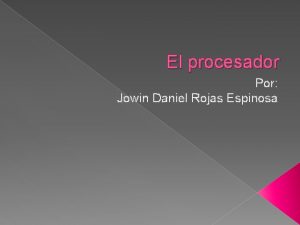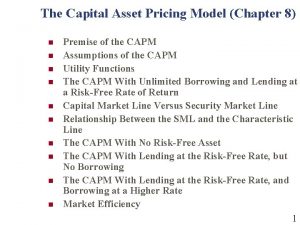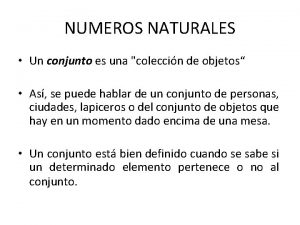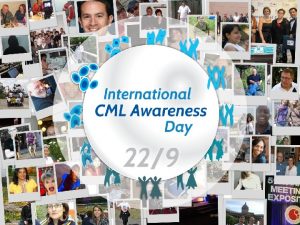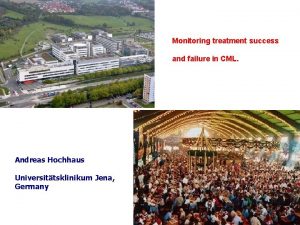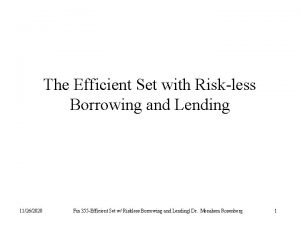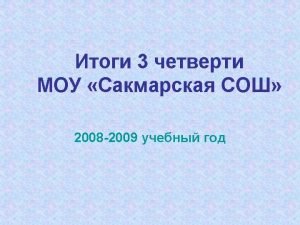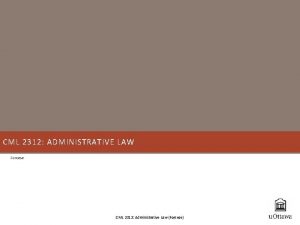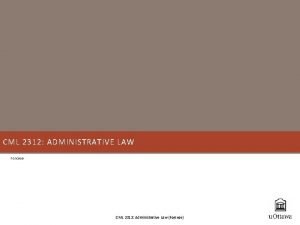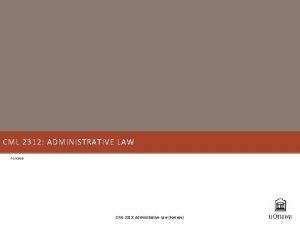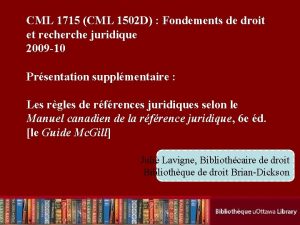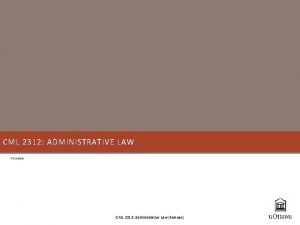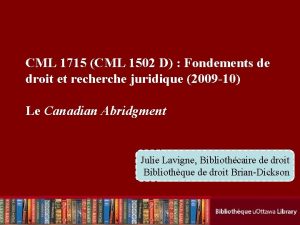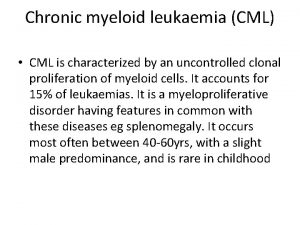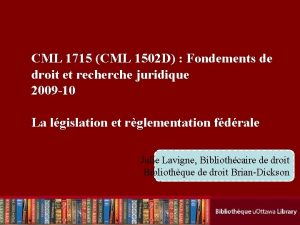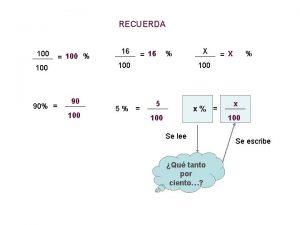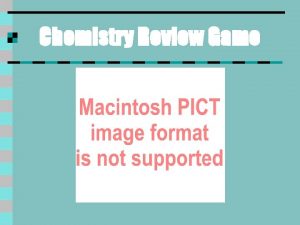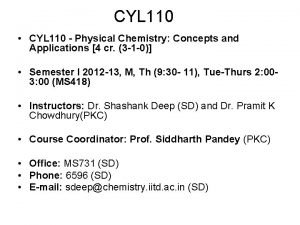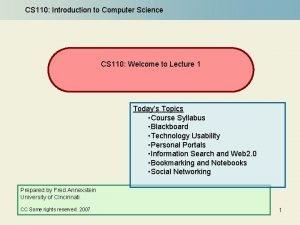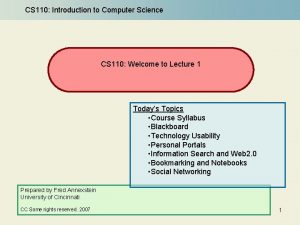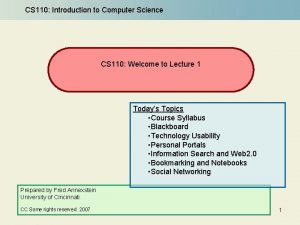CML 100 CML 110 Introduction to Chemistry 3
![CML 100 • CML 110 – Introduction to Chemistry [3 cr. (3 -0 -0)] CML 100 • CML 110 – Introduction to Chemistry [3 cr. (3 -0 -0)]](https://slidetodoc.com/presentation_image_h/dcc56d0a369b81781416b140ddb99005/image-1.jpg)



























- Slides: 28
![CML 100 CML 110 Introduction to Chemistry 3 cr 3 0 0 CML 100 • CML 110 – Introduction to Chemistry [3 cr. (3 -0 -0)]](https://slidetodoc.com/presentation_image_h/dcc56d0a369b81781416b140ddb99005/image-1.jpg)
CML 100 • CML 110 – Introduction to Chemistry [3 cr. (3 -0 -0)] • Semester II, 2014 -2015, Tu. WF 10 -10. 50, 33. 50 • Instructors: Dr. Shashank Deep (SD), Prof. Anil J. Elias (AJE) and Prof. Nalin Pant (NP) • Course Coordinator: Dr. Shashank Deep (SD) • Office: MS 731 (SD) • Phone: 6596 (SD) • E-mail: sdeep@chemistry. iitd. ac. in (SD)

CYL 110 Grading • Grading based on: • • • Minor Tests II 10 Home Assignments Major Test Passing grade is 30%. 25% 10% 40%

Recommended books • Books and Reference Material: • (i) Physical Chemistry by Atkins and de Paula • (ii) The Elements of Physical Chemistry by Atkins • (iii) Physical Chemistry by Silbey and Alberty • (iv) Physical Chemistry by Levine • (vi) Physical Chemistry: A Molecular Approach by Mc. Quarrie and Simon • (vii) Physical Chemistry by Laidler, Meiser, and Sanctuary

Course contents (Chemical Thermodynamics) • Revisit: Real gases, van der Waals and virial equations of state, Critical point. Zeroth and First law of themodynamics, internal energy, Exact and inexact differentials, Isothermal and adiabatic processes, Enthalpy, Heat Capacities. • Second law of thermodynamics and entropy, entropy changes in reversible and irreversible processes.

Course contents (Chemical Thermodynamics) • Combined first and second law, thermodynamic potentials, free energy and work, effect of temperature and pressure on free energy. • Chemical potential, equilibrium and free energy, phase equilibria: phase rule, phase equilibrium of onecomponent system, clapeyron equation, clausius clapeyron equation, colligative properties. • Gaseous equilibrium, Le Chatelier’s principle, van’t Hoff equation.

CYL 110 Tutorials • http: //web. iitd. ac. in/~sdeep • Menu Courses CML 100

Thermodynamics • Effects of gravitational field, centrifugal field and surface area on the properties of the system. • Phase transitions like graphite to diamond conversion, helium normal to superfluid transition, conductor to semiconductor transition, change of boiling point of a liquid with pressure or addition of solute. • Biochemistry-Enzymes and protein stability, DNA stability, metabolic processes leading to mechanical work performed by a living organism, design of drugs.

Thermo----- • Industrial Chemistry-Different chemical processes like synthesis of ammonia from nitrogen and hydrogen. • Thermodynamics of complexation with macrocyclic ligands- A system of interest in Inorganic chemistry and chemical separation. • Geological problems- solubility of calcite, energetics of ternary oxides of minerological significance.

A thermodynamic system is that portion of the Universe that we have selected for investigation • The surroundings are everything outside the system.


The boundary separates the system from the surroundings

The state of a system is defined as the complete set of all its properties which can change during various specified processes. When a system is at equilibrium, its state is defined entirely by the state variables, and not by the history of the system. The properties of the system can be described by an equation of state which specifies the relationship between these variables.

System------------- GAS Variables----------- n, P, V, T Equation of State ---- PV=n. RT A perfect gas is defined as “A gas where intermolecular forces are negligible”.

Temperature • Zeroth law of thermodynamics. • Do we need definition of temperature ? • On a cold winters day a metal railing feels much colder than a wooden fence post, but they are both at the same temperature.

• The zeroth law states “If two systems are separately in thermal equilibrium with a third, then they must also be in thermal equilibrium with each other. ”


Ideal Gas Model • Molecules may be treated as point masses relative to the volume of the system. • Molecular collisions are elastic, i. e. kinetic energy is conserved. • Intermolecular forces of attraction and repulsion have negligible effect on the molecular motion.


Compressibility • The compressibility of a gas is defined by • If the gas behaves ideally, then Z=1 at all pressures and temperatures. • Z >1 molecules occupy more volume than IG (e. g. H 2): repulsive forces • Z < 1 molecules occupy less volume than IG (e. g. CO 2): attractive forces


Boyle’s temperature



Critical constants of some gases • The very low critical pressure and temperature of helium, reflecting the very small intermolecular attractions of this atom. • Tc of the noble gas elements increases with atomic number. • Hydrogen gas cannot be liquified above 33 K; this poses a major difficulty in the use of hydrogen as an automotive fuel; storage as a high-pressure gas requires heavy steel containers which add greatly to its effective weight-per-joule of energy storage. • The properties of carbon dioxide (particularly its use as a supercritical fluid). • The high Tc of H 2 O is another manifestation of its "anomalous" properties relating to hydrogen-bonding.

Calculation of critical point a point on a curve at which the tangent crosses the curve itself. a point on a curve at which the curvature changes sign. A point on a curve at which the second derivative changes sign. a point (x, y) on a function, f(x), at which the first derivative, f'(x), is at an extremum, i. e. a minimum or maximum.

Virial equation of state It is based on statistical mechanical theory, where each power level indicates a higher level of interaction. The virial equation does not tend to be very good at high densities (low T, high P).

van der Waals Equation repulsion attraction

van der Waals constants
 100 100 100 100 100
100 100 100 100 100 Cml 100
Cml 100 Où se trouve le numéro d'affiliation mutuelle vignette ?
Où se trouve le numéro d'affiliation mutuelle vignette ? 000 111 000
000 111 000 1 10 11 100 101 110 111 1000 1001 1010
1 10 11 100 101 110 111 1000 1001 1010 100 101 102
100 101 102 Planar density fcc 111
Planar density fcc 111 How to find one mole of a compound
How to find one mole of a compound Introduction to physics 110
Introduction to physics 110 Cml
Cml Chronic myeloid leukemia treatment
Chronic myeloid leukemia treatment Cml equation
Cml equation Imotinib
Imotinib Diagnosi cml
Diagnosi cml Procesadores cml microcircuits
Procesadores cml microcircuits Cml vs sml
Cml vs sml Numeros naturales cuales son
Numeros naturales cuales son Obm cml
Obm cml Cml awareness day
Cml awareness day Lebegőállás
Lebegőállás Cml
Cml Imtinib
Imtinib 20115n-cml
20115n-cml Slope of cml
Slope of cml 100'de 20 eksiği 240 olan sayı kaçtır
100'de 20 eksiği 240 olan sayı kaçtır 200+200+100+100
200+200+100+100 Gcse box plot questions
Gcse box plot questions Malloc lab 100/100
Malloc lab 100/100 1453-1337
1453-1337

